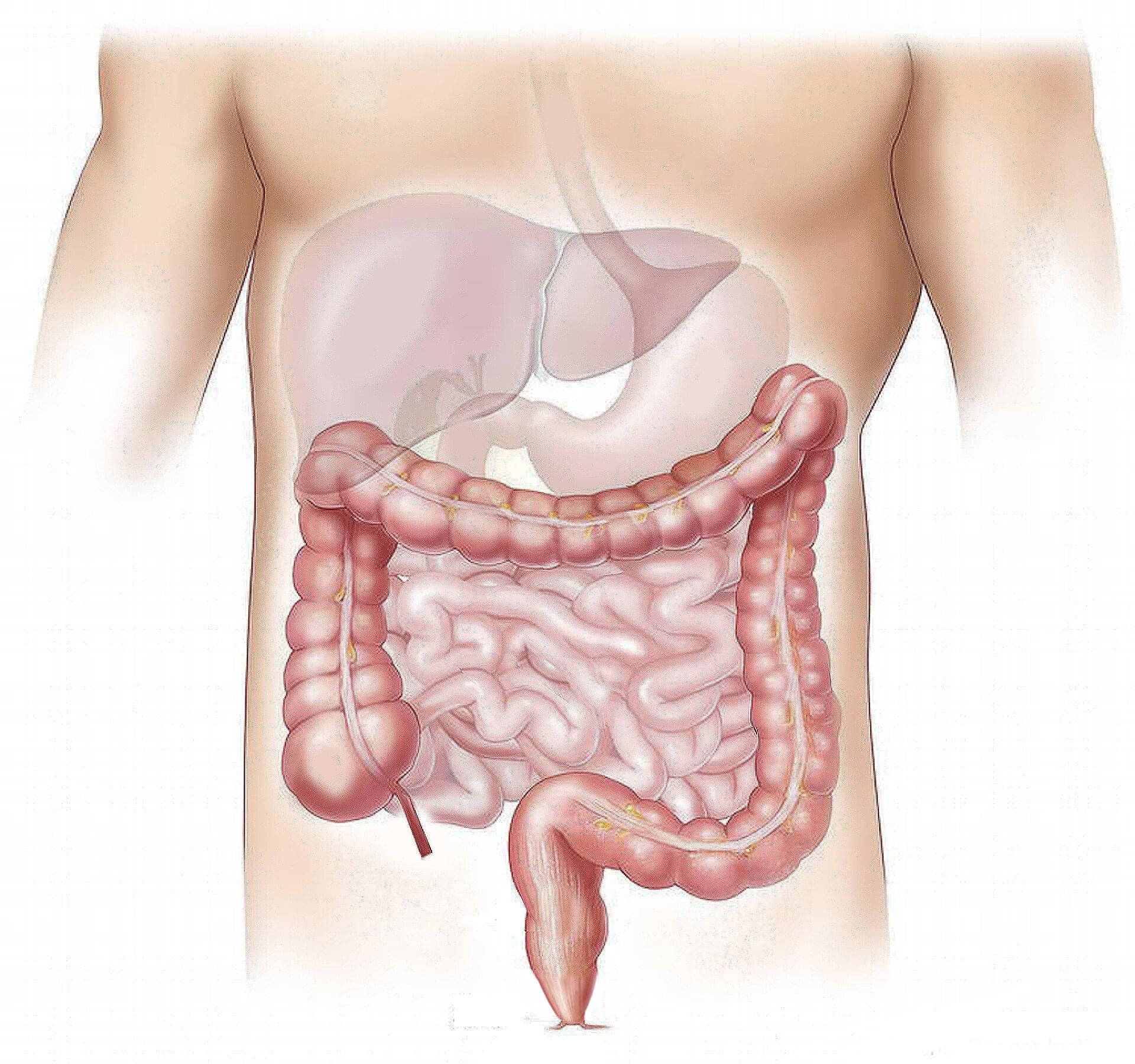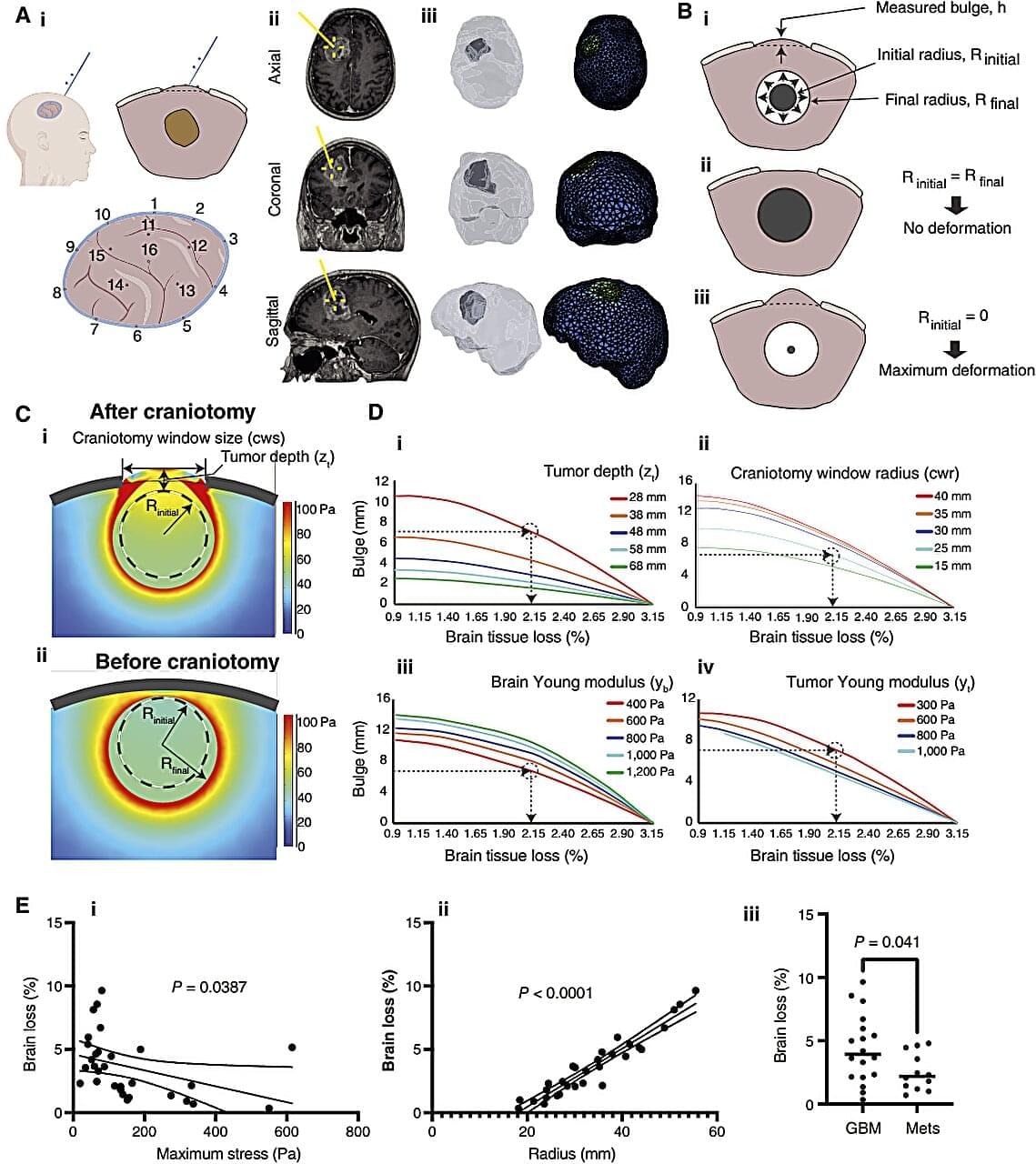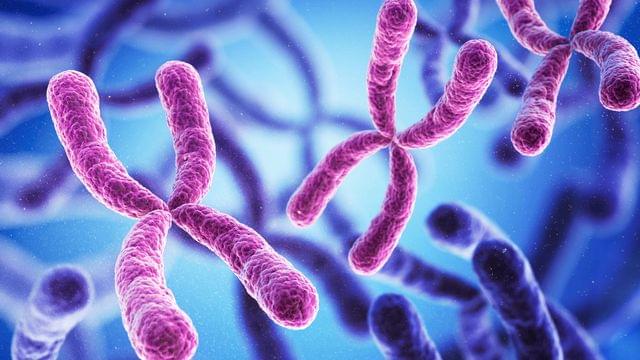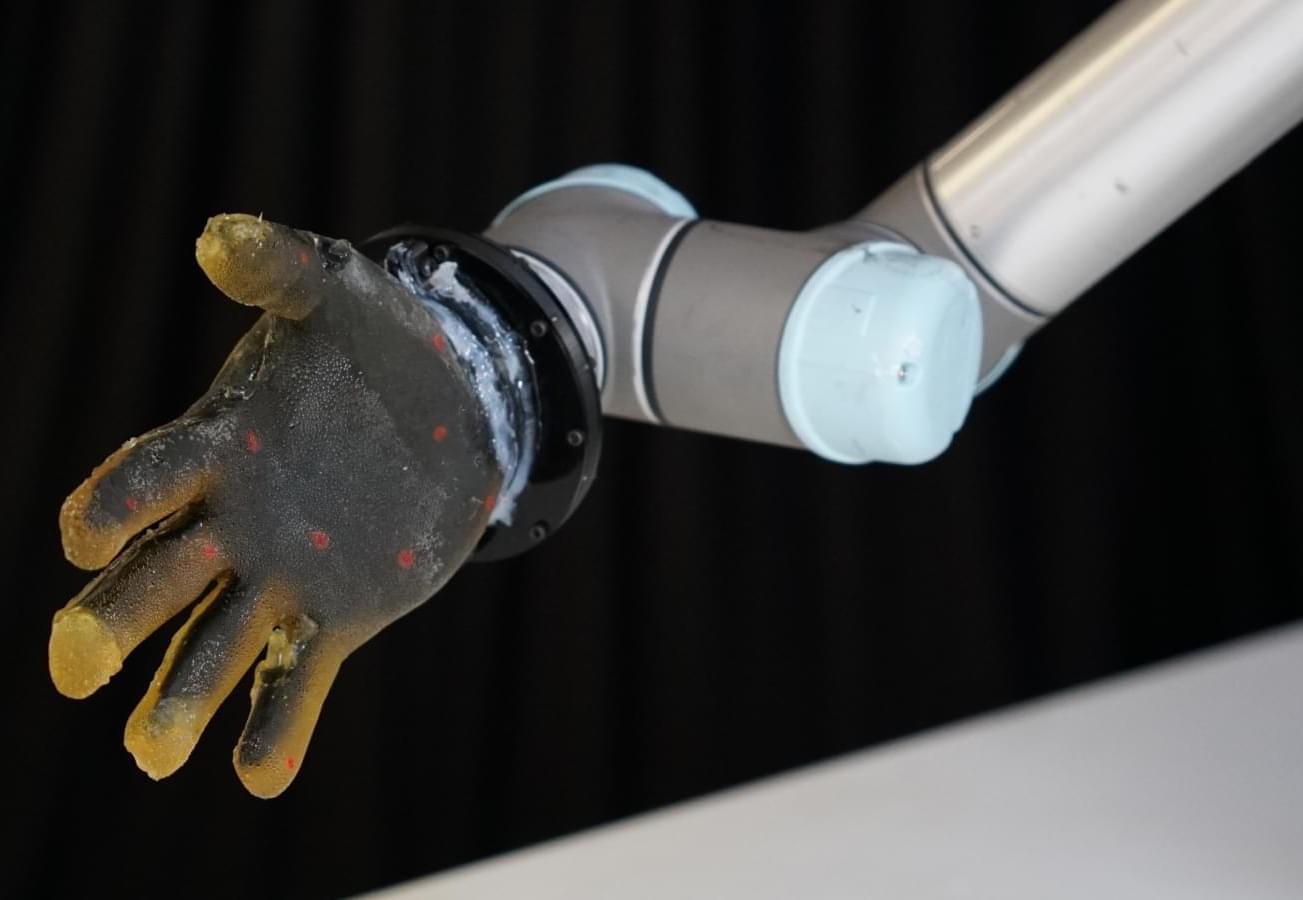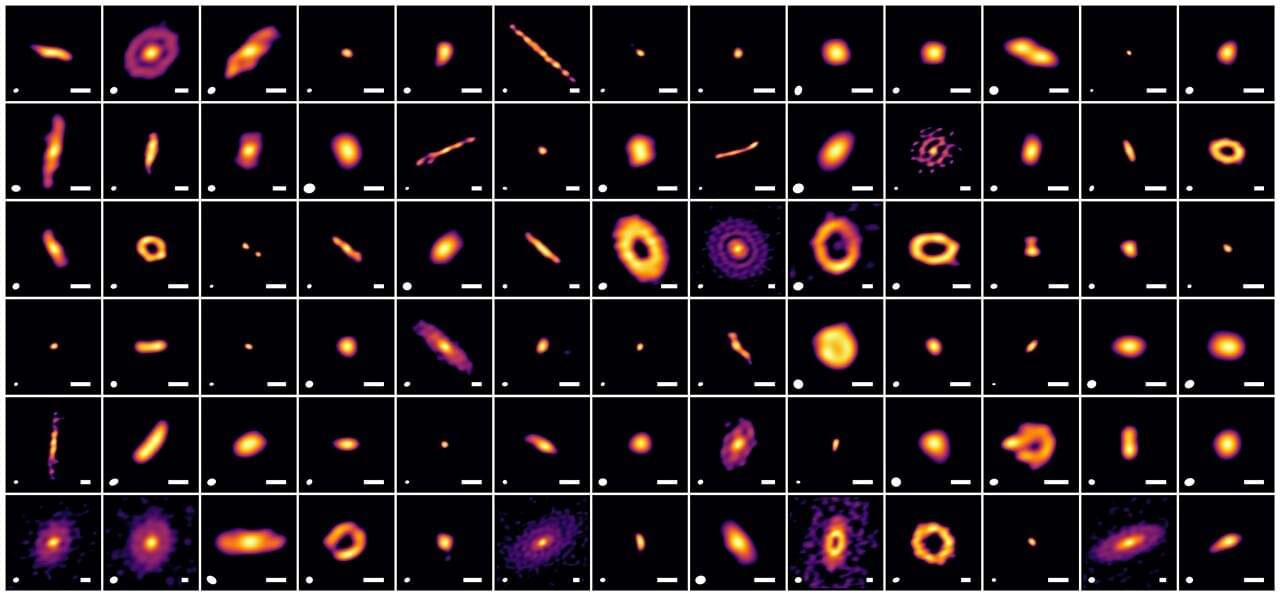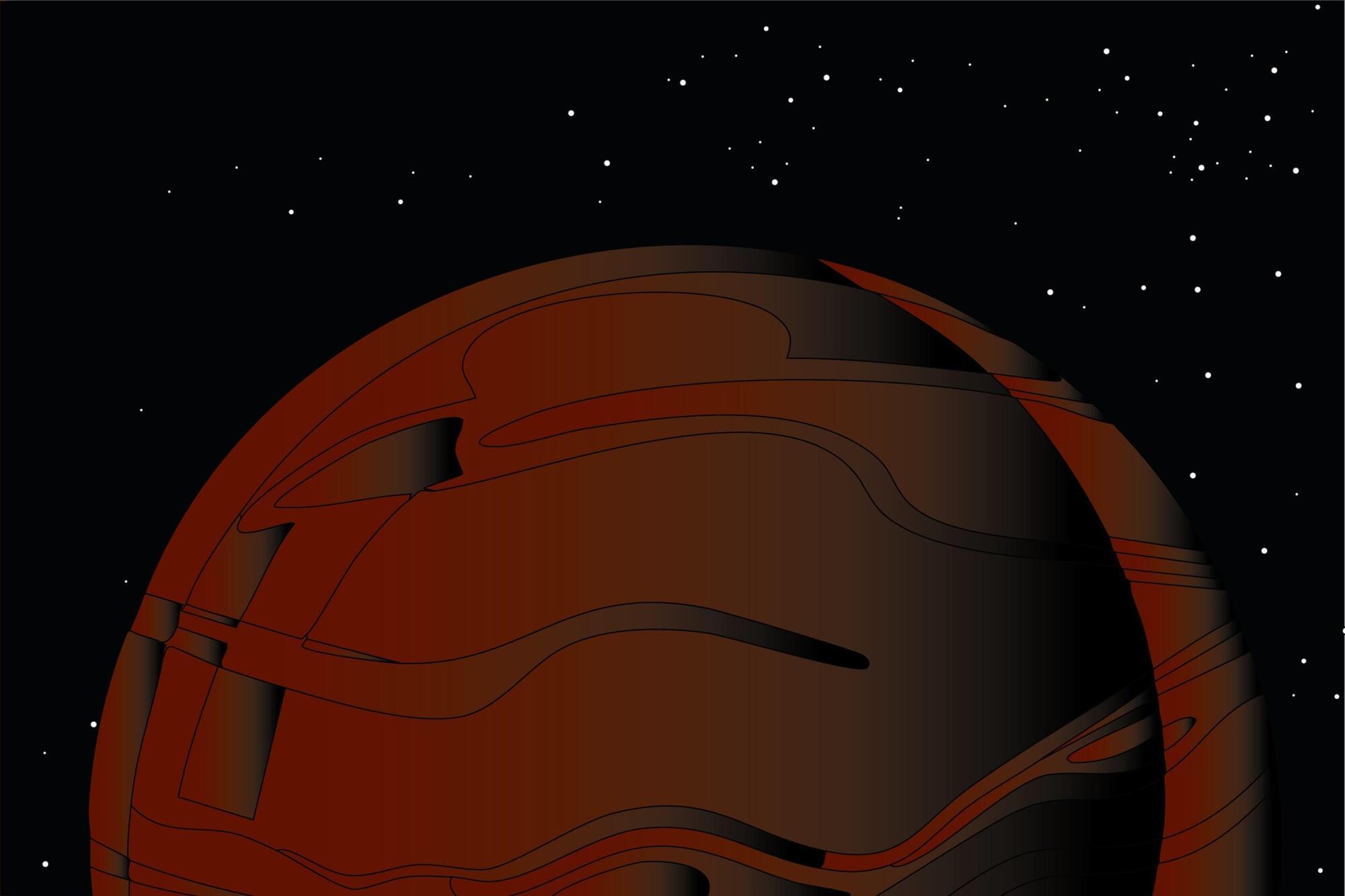Identifying the formation period of planetary systems, such as our solar system, could be the beginning of the journey to discover the origin of life. The key to this is the unique substructures found in protoplanetary disks—the sites of planet formation.
A protoplanetary disk is composed of low-temperature molecular gas and dust, surrounding a protostar. If a planet exists in the disk, its gravity will gather or eject materials within the disk, forming characteristic substructures such as rings or spirals. In other words, various disk substructures can be interpreted as “messages” from the forming planets. To study these substructures in detail, high-resolution radio observations with ALMA are required.
Numerous ALMA observations of protoplanetary disks (or circumstellar disks) have been conducted so far. In particular, two ALMA large programs, DSHARP and eDisk, have revealed the detailed distribution of dust in protoplanetary disks through high-resolution observations.
